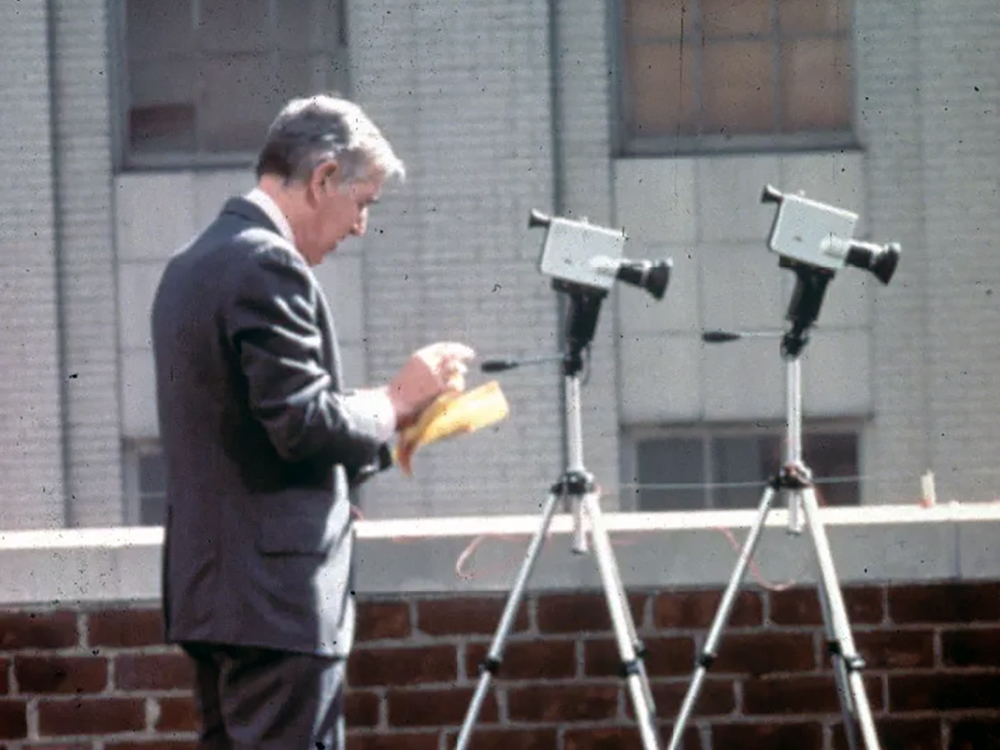In 1958, construction was completed on the Seagram Building in Midtown Manhattan, a towering work of burnished copper and glass that embodied the ideals of the modern functionalist style for which its chief designer, Ludwig Mies van der Rohe, was renowned. The building quickly became a sensation, not for its scale or for the austere elegance of its façade, but for its humble public plaza. New Yorkers took to the ample ledge seating and simple reflecting pools that acted as a calming oasis away from the hustle-and-bustle of Park Avenue.
The City Planning Commission interpreted the Seagram Plaza’s popularity as a public yearning for more open space and revised regulations to incentivize developers to provide similar privately-owned public spaces, also known as “POPS,” for recreational use. What followed was an unprecedented boom in the number of small public spaces throughout New York City, effectively some 20 acres of the most expensive real estate in the world by 1972. However, the Commission soon realized that not all of these spaces were received with nearly the same enthusiasm as the Seagram Plaza, with many sitting vacant even during peak-lunchtime and post-work socializing hours.
To better understand this phenomenon, the Commission turned to the sociologist and urbanist William H. Whyte. With a team of camerapersons, a wry sense of humor, and a methodology akin to a more analytical form of “people watching,” Whyte embarked on the “Street Life Project” and painstakingly documented social activity across a variety of public spaces, from corporate plazas and arcades, to neighborhood parks, playgrounds, monuments, and street corners. The resulting text and accompanying film, The Social Life of Small Urban Spaces (1980), remain landmark works in the City’s understanding of the social and behavioral factors that drive engagement with public space.
The film opens at the very same Park Avenue plaza where New York’s POPS-infatuation began, as Whyte poses the simple query of why the Seagram Plaza proved to be more popular than other, similar open spaces. Over several days, Whyte surveys the shifting seating arrangements, circulation patterns, and diversity of activity within the plaza. He juxtaposes these observations with those of similar sites around New York and elsewhere. Oftentimes, his findings as to why certain spaces are deemed more hospitable than others boil down to a simple tautology: that spaces designed to promote social interaction tend to see more of it. Or as Whyte pithily phrases it, “People tend to sit where there are places to sit.” As obvious as the observation seems, Whyte notes that designers’ and building managers’ preoccupations with aesthetic and security concerns often result in the kinds of poor spatial arrangements or hostile design elements that ultimately discourage social activity.
But the real beauty of Whyte’s film lies in his practical, humanistic approach to the complexities of zoning. Whyte understands that the subject of zoning is one fundamentally predicated on human behavior; the social science behind architecture and planning, through which we try to delineate our own relationships to our built environments. He acknowledges how even the most insignificant or overlooked design details of a public space can provoke an instinctive response. That a ledge set an inch too high for comfortable sitting, for example, or a bench set a foot too far back for effective people watching, are just as likely to be determining factors in the attractiveness of a space as its size, location, or aesthetics. As both filmmaker and urbanist, Whyte operates on the valuable principle that people are what constitutes a city’s lifeblood; that public spaces should not be intended as places to escape from the city, but rather to better partake of it and all the “amiable miscellany” it has to offer.
The Social Life of Small Urban Spaces screens this evening, November 29, at Anthology Film Archives. It will be preceded by John Wilson’s The Road to Magnasanti and John Smith's Chewing Gum. The latter will be shown on a 16mm print.



